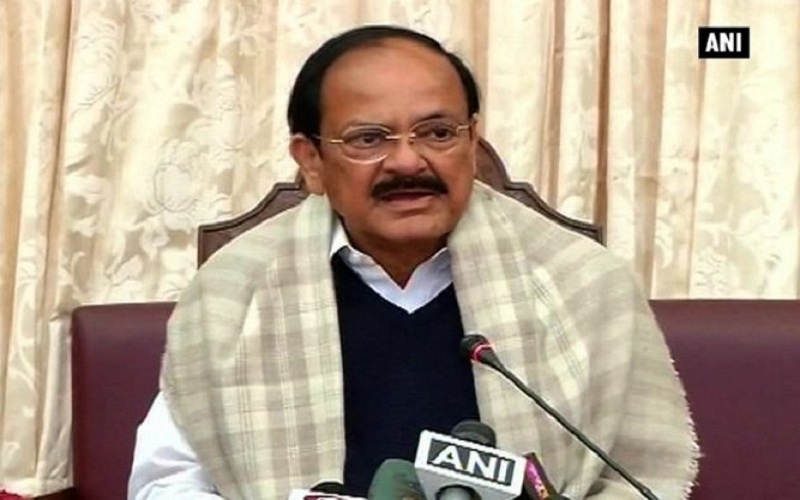First 20 smart cities: From Jaipur to Jabalpur, here is the full list
Union Minister Venkaiah Naidu on Thursday announced the list of first 20 smart cities. “Today marks a historic landmark in annals of urban development as we get to know the first batch of ‘Smart Cities,” said Naidu.
The cities are:
1. Bhubaneswar
2. Pune
3. Jaipur
4. Surat
5. Kochi
6. NDMC (New Delhi)
7. Ahmedabad
8. Jabalpur
9. Vizag
10. Solapur
11. Davangere
12. Indore
13. Coimbatore
14. Kakinada
15. Belgaum
16. Udaipur
17. Guwahati
18. Chennai
19. Ludhiana
20. Bhopal
Some of the parameters on the basis of which the decision was taken are feasibility, result orientation, citizen participation, smartness of proposals etc.
These 20 smart cities will get the funds first to kickstart their development process. With a per city allocation of Rs 100 crore for each of the five years of the mission period, the central assistance to the mission is around Rs 50,000 crore.
These cities will be developed to have basic infrastructure such as assured water and power supply, sanitation and solid waste management, efficient urban mobility and public transport, IT connectivity, e-governance and citizen participation. A total number of 100 smart cities have been distributed among the states and the Union territories (UT).
Some of the features of smart cities according to the government website (smartcities.gov.in) are:
1. Promoting mixed land use in area based developments –planning for ‘unplanned areas’ containing a range of compatible activities and land uses close to one another in order to make land use more efficient. The States will enable some flexibility in land use and building bye-laws to adapt to change;
2. Housing and inclusiveness – expand housing opportunities for all;
3. Creating walkable localities –reduce congestion, air pollution and resource depletion, boost local economy, promote interactions and ensure security. The road network is created or refurbished not only for vehicles and public transport, but also for pedestrians and cyclists, and necessary administrative services are offered within walking or cycling distance;
4. Preserving and developing open spaces – parks, playgrounds, and recreational spaces in order to enhance the quality of life of citizens, reduce the urban heat effects in Areas and generally promote eco-balance;
5. Promoting a variety of transport options – Transit Oriented Development (TOD), public transport and last mile para-transport connectivity;
6. Making governance citizen-friendly and cost effective – increasingly rely on online services to bring about accountability and transparency, especially using mobiles to reduce cost of services and providing services without having to go to municipal offices. Forming e-groups to listen to people and obtain feedback and use online monitoring of programs and activities with the aid of cyber tour of worksites;
7. Giving an identity to the city – based on its main economic activity, such as local cuisine, health, education, arts and craft, culture, sports goods, furniture, hosiery, textile, dairy, etc;
8. Applying Smart Solutions to infrastructure and services in area-based development in order to make them better. For example, making Areas less vulnerable to disasters, using fewer resources, and providing cheaper services.


